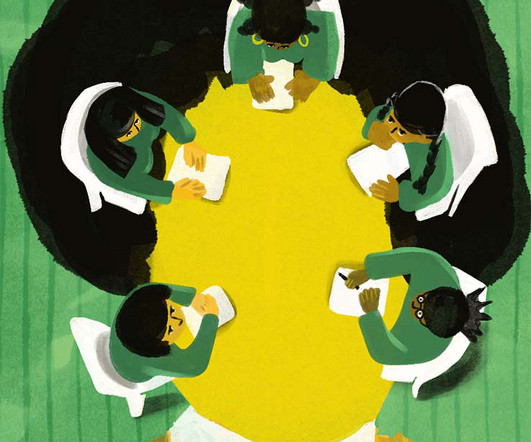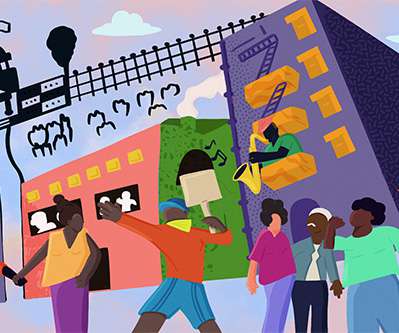India’s Philanthropy Spending Grows, Development Goals Elusive
The NonProfit Times
APRIL 15, 2024
Despite the robust annual increases, however, the current total falls short of the 13% of GDP analysts at NITI Aayog, an Indian government public policy think tank, believe is necessary for the country to meet its commitment to achieving 17 United Nations Sustainable Development Goals by 2030. of net worth vs. 0.1% for UHNIs).”





















Let's personalize your content